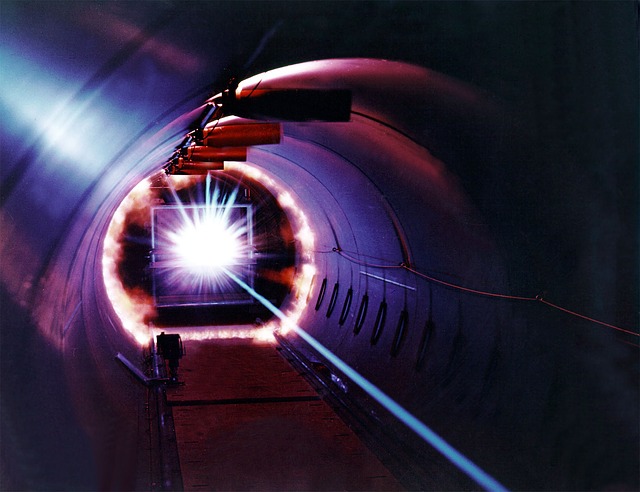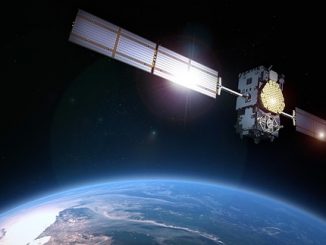
Designed to capture images of structures, operations and reactions at the atomic level, the largest and most powerful X-ray laser in the world known as the European XFEL (short for X-ray Free Electron Laser) has been able to produce its first light. In other words, it’s been turned on for the first time — an event that is regarded as its ‘last major milestone’ prior to its official opening scheduled this coming September.
According to Helmut Dosch, Chairman of the Deutsches Elektronen-Synchotron (DESY) Directorate, having the laser achieve light for the first time “marks the beginning of a new era of research in Europe.” As he explained in a press release, this is so because it “will provide us with the most detailed images of the molecular structure of new materials and drugs and novel live recordings of biochemical reactions.”
The European XFEL, an international collaboration involving 11 participating countries (France, Germany, Hungary, Denmark, Italy, Russia, Slovakia, Spain, Sweden, Switzerland, and Poland), is a 3.4-Km long facility located in Hamburg, Germany. Majority of it is located underground, with 2.1 Kilometers making up the ‘accelerator tunnel’ where electrons are, you guessed it, accelerated to nearly the speed of light, prior to entering a photon tunnel where they are allowed to interact with magnets of alternating poles, causing them to generate pulses or short X-ray bursts. More specifically, the X-ray light it can produce has a wavelength of 0.8 nanometers — about five hundred times shorter than that of visible light, comparable with the size of an atom.
Initially, the European XFEL had the capacity to generate 1 pulse per second. Through continuous improvement, however, that rate is expected to increase to more than 27,000 light flashes per second, a rate that is significantly higher than the maximum capacity of any of the other four X-ray lasers worldwide — currently 120 light flashes per second — and is expected to result in a luminosity that is far superior than that of conventional x-ray light sources.
This capability opens up a host of possible applications. Aside from its obvious use for medical diagnostics, it can be used to study biomolecules in greater detail, and by understanding its underlying mechanisms better, it might lead to the development of new cures or improved therapies for all kinds of medical conditions.
On another front, the laser can also be used to dissect and break down chemical procedures. From there, new techniques that can enhance and improve manufacturing processes can be developed to make products more environment-friendly. Of course, let’s not forget about space exploration and the possibility of using laser light to examine conditions equivalent to planetary interiors.
When the European XFEL facility opens in September, two of its scientific instruments can be used by external users to perform experiments. At its full operational capacity, all six of its instruments will eventually be available for use.
Disclaimer: This page contains affiliate links. If you choose to make a purchase after clicking a link, we may receive a commission at no additional cost to you. Thank you for your support!




Leave a Reply